Imagine living in a home that stays cool in summer and warm in winter but without electricity. Do you think this is possible?
Yet for centuries, millions of people on China’s Loess Plateau have done exactly that by living in yaodong. These cave dwellings are not only traditional homes for people in north-western China but also played a role in the founding of the People’s Republic of China.
What is Yaodong?
Yaodong (Cave Dwelling) are a traditional style of cave dwelling found in north-western China, particularly in the provinces of Shaanxi, Shanxi, and Gansu.
These distinctive homes are either carved straight into hillsides or constructed from earth and brick in a sturdy arched design. What sets them apart is their excellent natural insulation – they stay cool during the hot summers and warm throughout the bitter winters. This makes them an ideal choice for people living in the north-west, where the seasons are sharply defined and temperatures can be extreme.
For thousands of years, local communities have lived in yaodong, which are not only practical and comfortable but also make use of the region’s natural features, blending harmoniously with the surrounding environment.
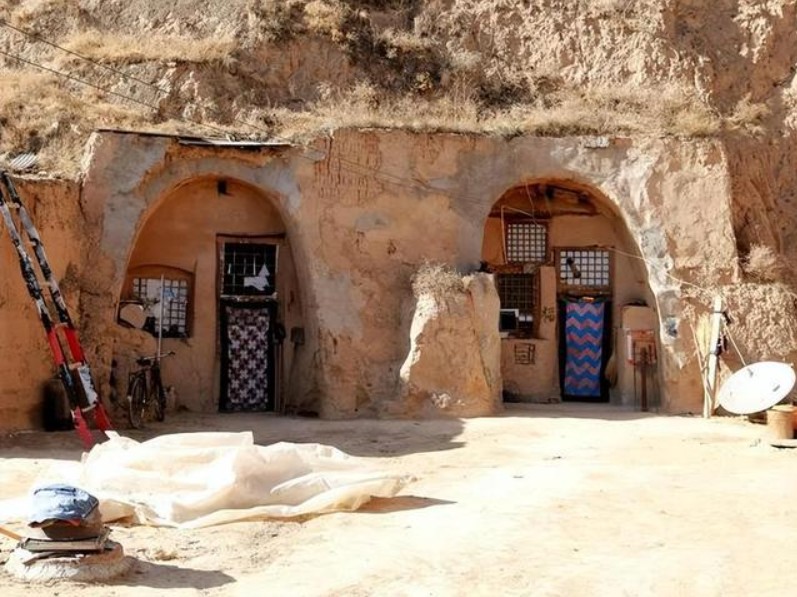
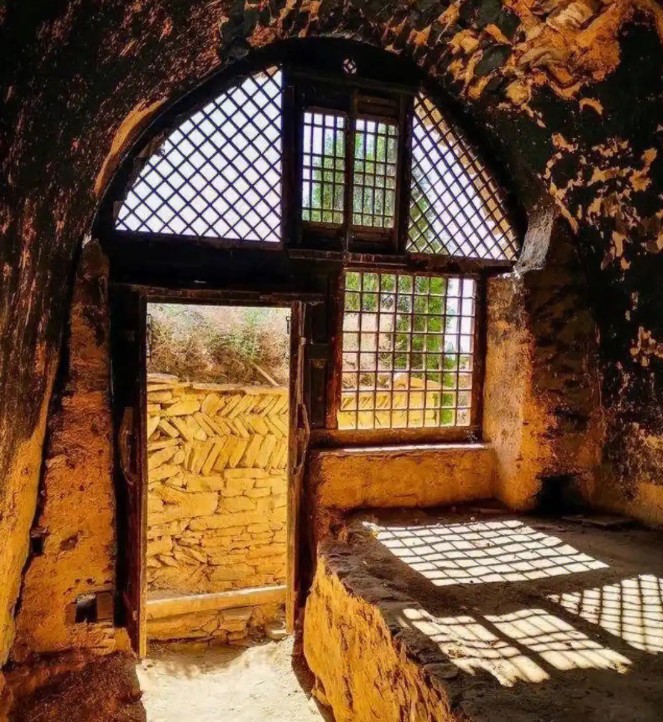
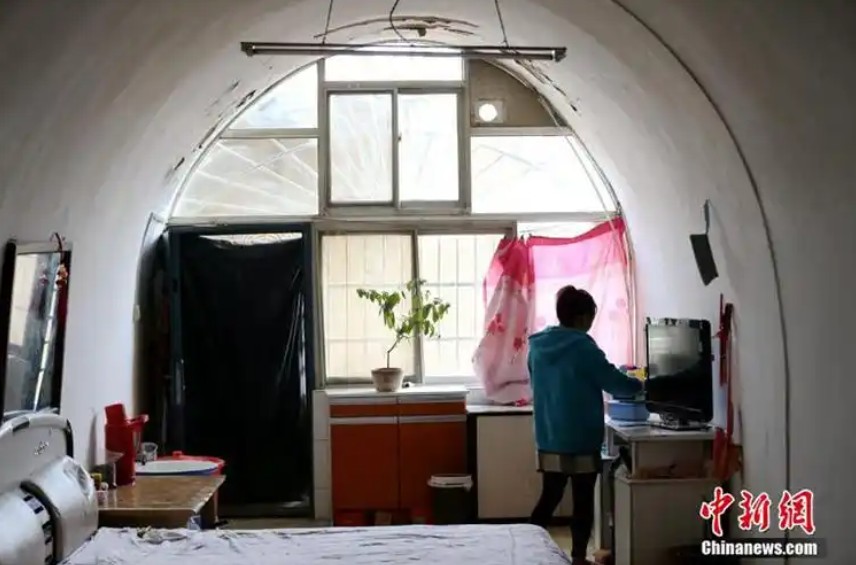
The History of Yaodong
Archaeological evidence shows that yaodong date back over 3,000 years to the Zhou dynasty, making them one of the oldest forms of architecture in China.
Early settlers discovered that the loess soil in this region was soft enough to dig into easily, yet firm enough to create stable dwellings. Over time, what began as simple dugouts gradually evolved into more refined living spaces with thoughtful layouts and improved functionality.
While Europe was building castles and China was erecting grand palaces, the unassuming yaodong quietly housed generation after generation. It’s a reminder that remarkable architecture doesn’t always have to soar into the skies.
The Yaodong of Yan’an
Yan’an, a city in China’s Shaanxi Province, is the place that most Chinese people think of first when yaodong are mentioned.
Yan’an is best known for serving as the headquarters of the Chinese Communist Party during the Second Sino-Japanese War. Key Party figures such as Mao Zedong and Zhu De lived in there.
After the Long March ended in 1935, the Communist Party established Yan’an as its base until 1948. During this period, a large number of yaodong were carved into the hillsides, not only for living but also to serve as meeting rooms, offices, classrooms, and even hospitals. Though modest in appearance, these cave dwellings were the setting for crucial decisions, military strategies, and the shaping of the ideals that would define the future People’s Republic of China.
Mao Zedong and Yaodong
It was in a Yan’an yaodong that Mao Zedong served as the de facto leader of the Chinese Communist Party. He once famously said, “The yaodong of Yan’an are the most revolutionary. In them, we have Marxism-Leninism. From them, we can direct the nationwide war of resistance against Japan.”
When American journalist Helen Foster Snow visited Yan’an, she described the caves as resembling “a training ground for the Olympic Games of the rat kingdom.” Fleas were everywhere, and she had to place the legs of her bed in cigarette tins filled with kerosene-though even that didn’t keep them away.
Despite the harsh living conditions, the yaodong years marked one of the most significant periods in Mao’s life. Of the 159 writings collected in Volumes I to IV of Selected Works of Mao Zedong, 112 were written during his time in Yan’an – over 70 percent. It was also during this period that he met numerous foreign visitors. At a small table in front of a yaodong in Yangjialing, he received American journalist Anna Louise Strong and uttered his now-famous remark: “All reactionaries are paper tigers.”
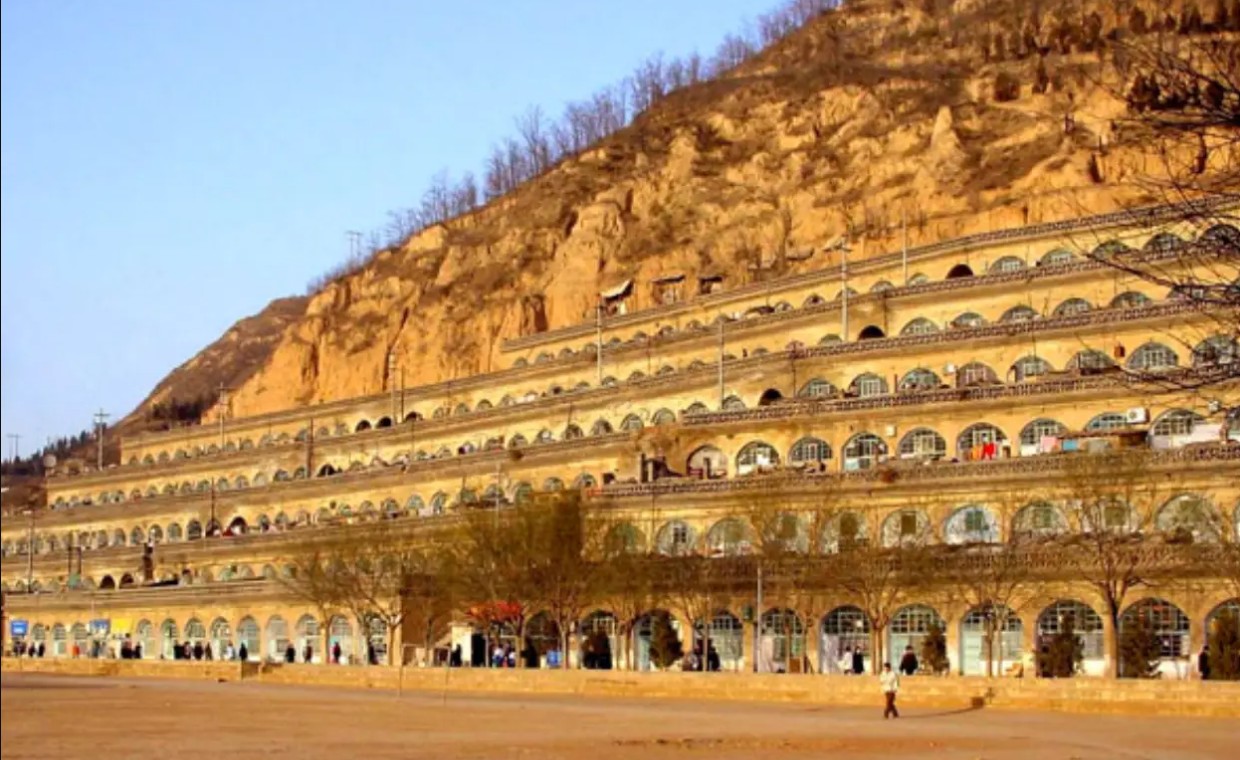
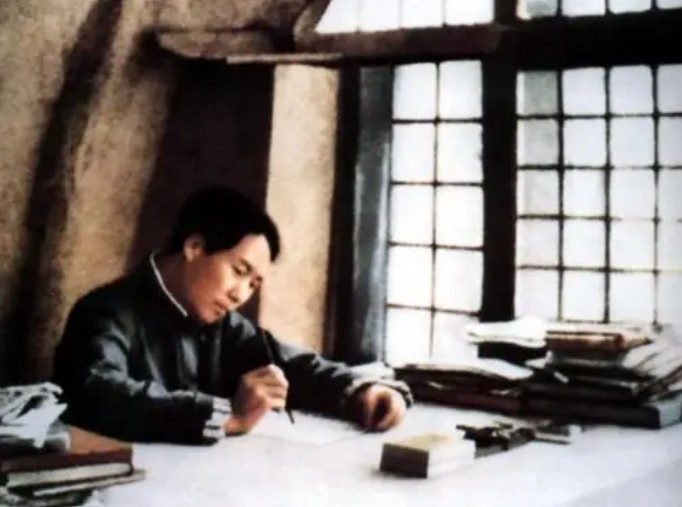
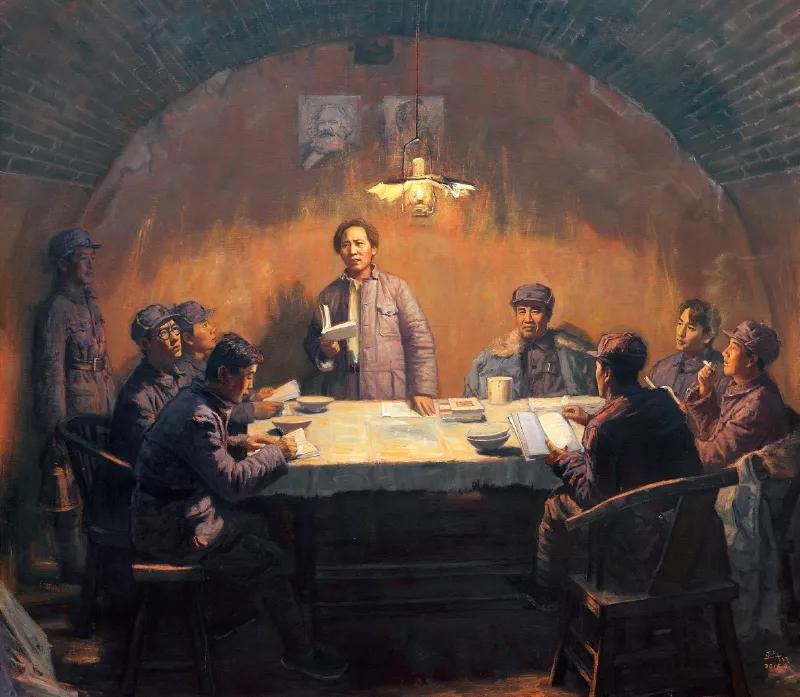
Conclusion
The revolutionary yaodong of Yan’an are more than historical relics – they are silent witnesses to a pivotal turning point in modern China’s destiny. For travellers, stepping into the cave where Mao Zedong once lived is like stepping directly into a chapter of history that helped shape the nation’s future.
On YPT’s China Revolutionary Red Base Tour, you’ll have the chance to visit the very yaodong in Yangjialing where Mao lived. Inside these time-worn dwellings, you’ll gain a deeper understanding of the Communist Party’s activities during the Yan’an period and their lasting impact on China’s development.
Click on YPT’s Red China Tour page to learn more about tours through revolutionary history.





